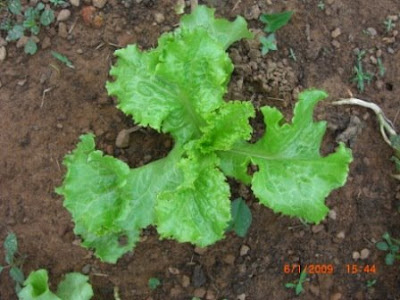
I had a woman come to me for help with money. She told me a little bit of history of her family, I would like to relate it as a true story, showing what was and what is to all these settlements we have created in the interests of improving the agricultural output of the land.
Her Grandmother was seen working in the fields one day by the government agent here in Minneriya who was riding on horseback reviewing the area under his control. In those days there was a lot of responsibility and power vested in such a person to manage the area on behalf of the government. I did not ask her if this man was white or local, but it was in the days prior to independence.
I presume in the British times with modes of transport and foot paths the norm the horseback mode was the preferred mode of travel of the British which also gave them some sort of level of superiority over their natives!!!
Anyway he had seen that she was a hardworking person and asked her if he gave her some land whether she would cultivate it, to which she agreed. She therefore got 10 acres of ‘mada’ waterlogged and a similar area of ‘goda’ higher elevation. She and her husband diligently cultivated this and she recalls her father being a very respected member of the locality, where people bowed their heads as he had inherited a valuable income earning agricultural land, which his parents had built up through hard work over a long period of years.
On her inheritance she shared this with her sister and so got half of the land, which in her lifetime she had to sell parts and distribute parts with her 5 children to survive. I did not ask her if her husband was an alcoholic or dissipated much of the wealth she inherited but I gathered that it was the case. She is now reduced to wanting to borrow small sums to meet expenses.
I know the whole strip of land she inherited as it borders my property and I know at least 15 families live on this land including 4 of her children, with one who is trying to sell her property so she could move into her husband's village. There is almost no agricultural property left, possible just for a family to grow enough paddy for their own consumption and now an asset is considered the home or house and not agricultural land that had earlier been earmarked by the state. This is what has happened to our agricultural land.


